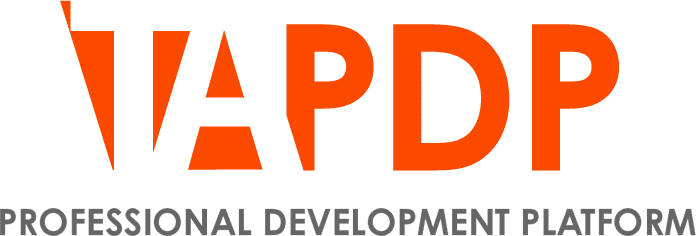During this course, Senior Leaders will explore how they can build addressing net carbon zero into their digital strategy. It will also look at EdTech solutions, which are widely considered to strive for a sustainable future within organisations. How educational establishments can focus their strategies on working towards reducing their carbon footprint and embedding the DfE Sustainability Strategy.
Course Content

Login
Accessing this course requires a login. Please enter your credentials below!



